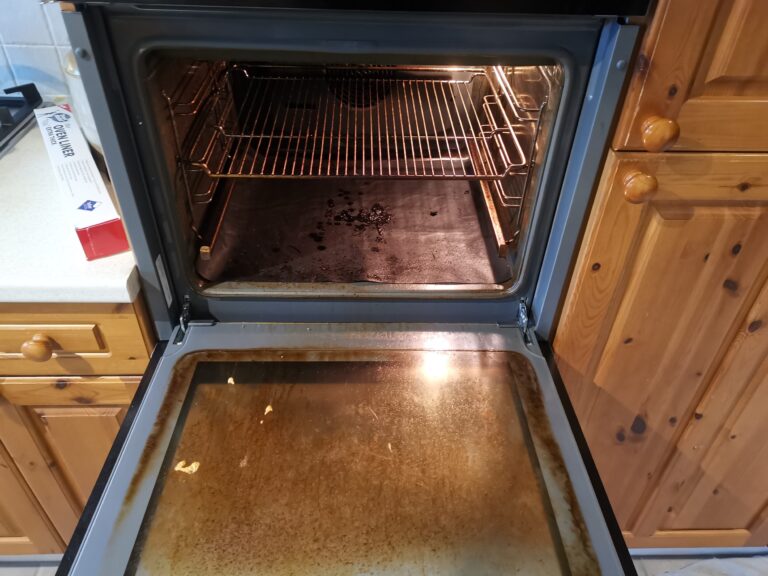Oven Clean – Cranbrook, Kent
Oven Clean – Cranbrook, Kent
Repeat job in the Town of Cranbook in Kent
The place name Cranbrook derives from Old English cran bric, meaning Crane Marsh, marshy ground frequented by cranes (although more probably herons). Spelling of the place name has evolved over the centuries from Cranebroca (c. 1100); by 1226 it was recorded as Cranebroc, then Cranebrok. By 1610 the name had become Cranbrooke, which evolved into the current spelling.
There is evidence of early activity here in the Roman period at the former Little Farningham Farm where a substantial iron working site was investigated in the 1950’s,in 2000 the site was the subject of a Kent Archaeological Society fieldwork project to establish the extent of the site and the line of the Roman road from Rochester to Bodiam, which was published in 2001, Ref:Archaeologia Cantiana 121,2001,Little Farningham Re-visited ,Neil Aldridge. The site had earlier produced a number of clay tiles bearing the mark of the Roman Fleet, or Classis Brittanica who may have been overseeing the work.
Edward III brought over Flemish weavers to develop the Wealden cloth industry using wool from Romney Marsh; Cranbrook became the centre of this as it had local supplies of fuller’s earth and plenty of streams that could be dammed to drive the fulling mills. Iron-making was carried on at Bedgebury on the River Teise, an industry which dates back to Roman times. The tributaries of the River Beult around Cranbrook powered 17 watermills at one time. In 1290 the town received a charter from Archbishop Peckham, allowing it to hold a market in the High Street.
Baker’s Cross on the eastern edge of the town is linked to John Baker, Chancellor of the Exchequer under Queen Mary, a Catholic.Legend holds that he was riding on his way to Cranbrook in order to have two local Protestants executed, when he turned back after the news reached him that Queen Mary was dead. Different versions of the legend have it that he heard the parish church bells ringing, or that he was met by a messenger. The place where this happened was, in the words of biographer and historian Arthur Irwin Dasent, “at a place where three roads meet, known to this day as Baker’s Cross”.Popular legend also has it that Baker was killed at Baker’s Cross; although in fact he died in his house in London.
The town developed around the “King’s High Road” (now named as High Street, Stone Street and Waterloo Road) until the Second World War. Following the war, additional housing was built adjacent to the historic centre – the Wheatfield Estate to the north and the Frythe Estate to the south. In the 1970s a Conservation Area was designated in the town centre. Most of the buildings on High Street, Stone Street and The Hill are listed.
Before

After








